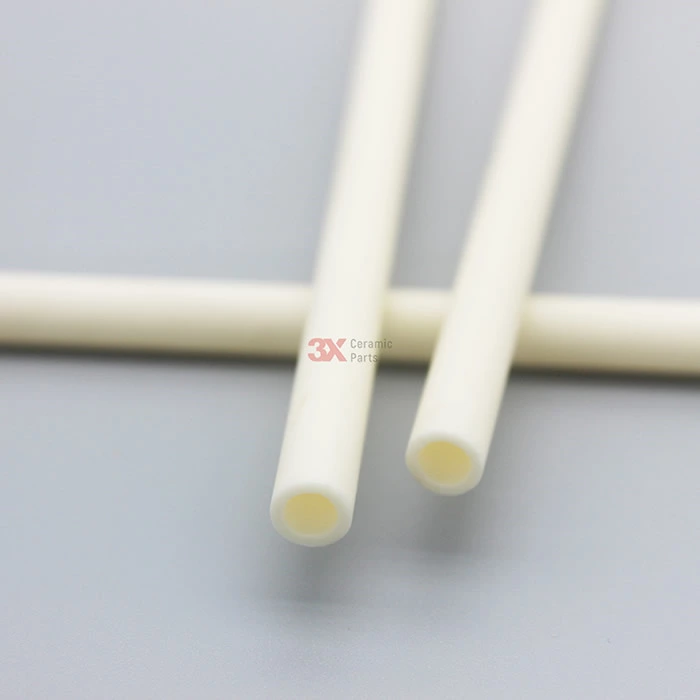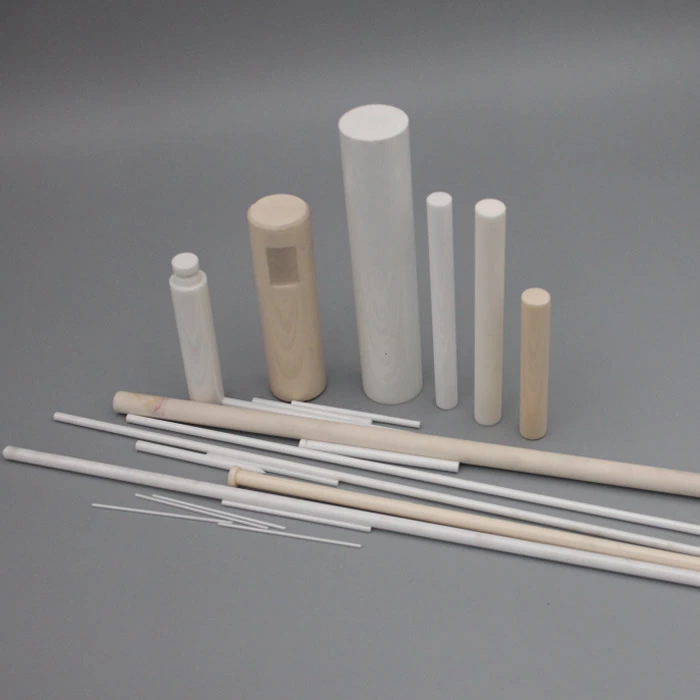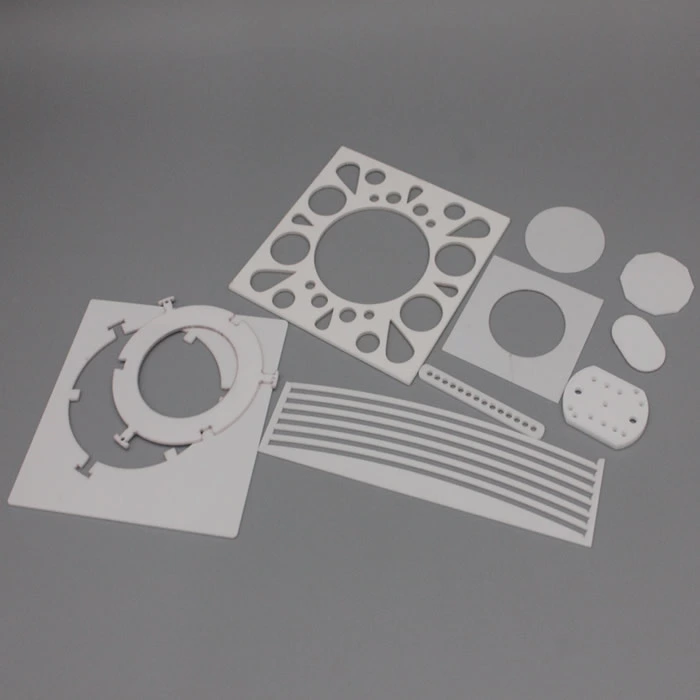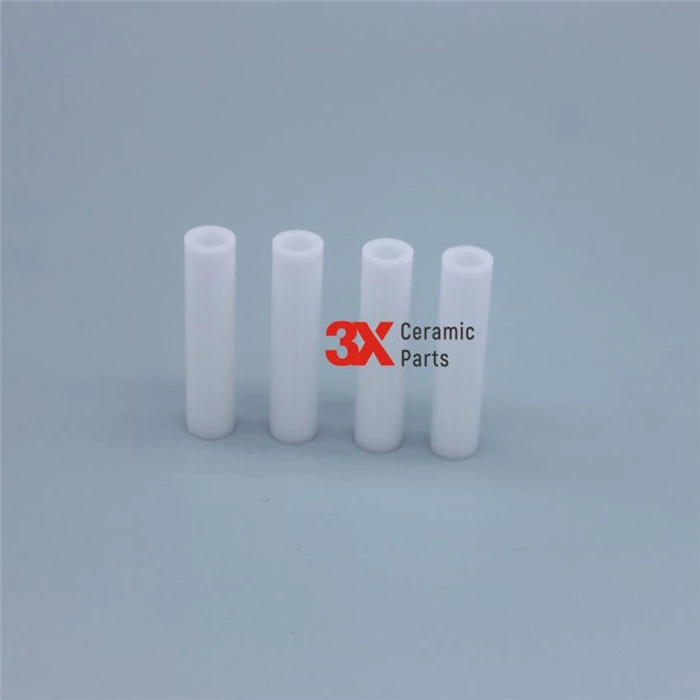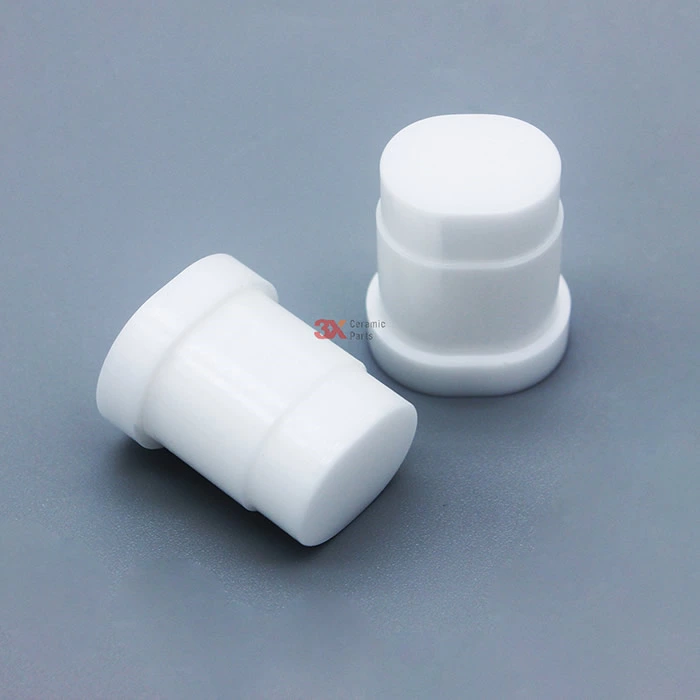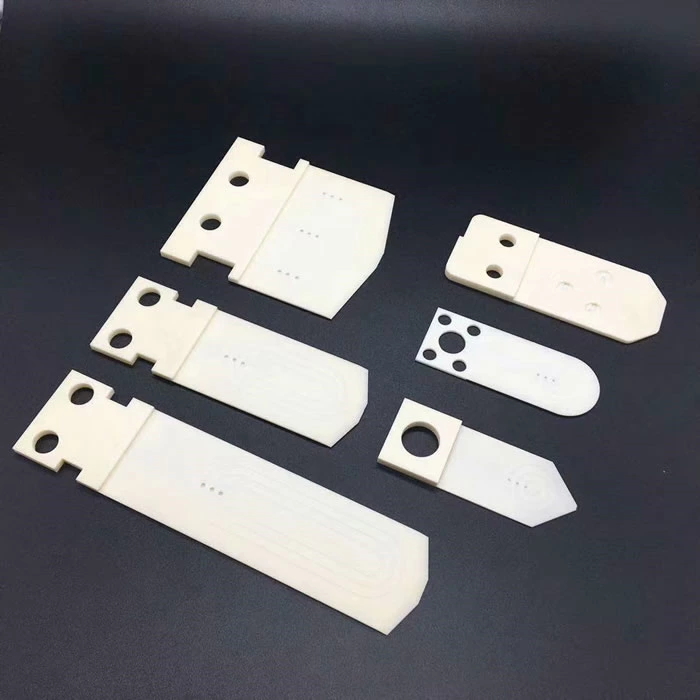Future Development Prospect of Precision Ceramics
Precision ceramics are new products different from traditional ceramics, also known as high-function ceramics, engineering ceramics, etc. In terms of composition, it can be divided into carbides, nitrides, oxides and borides. In terms of utility, it can be divided into structural ceramics, cutting ceramics and functional ceramics.
Fine ceramics are made by strict control of ingredients and specific processes. Without mechanical grinding, it can make its appearance smooth and meet the requirements of the size of ceramics. It is mainly used for making circuit substrates, coil skeletons, electronic tube sockets, high voltage insulating ceramics, rocket front cones, etc. It can also be made into fine casting cores with high porosity for casting alloys. It can also be used as high temperature data with good seismic resistance.
In recent years, the world is changing from traditional ceramics to new ceramics. Ceramics are not only limited to art and daily life, but also widely used in heat conduction, thermal machinery, sensitive sensors, medical devices, optical fields and new energy fields because of its outstanding heat resistance and biocompatibility.
The new type ceramics are superior to traditional ceramics, existing metal or non-metal materials in high temperature, corrosion resistance, abrasion resistance, super-hardness and superconductivity. The new ceramics also have the characteristics of photosensitivity, gas sensitivity, thermal sensitivity, humidity sensitivity, piezoelectricity and so on, which are all the characteristics needed to make artificial intelligence parts. So now many countries, especially those with more developed economy and skills, put the development of new ceramic materials in an important strategic position, and turn a large number of engineers and technicians and funds to the research and development of new ceramic materials.
As fine ceramics, the primary difference between fine ceramics and ordinary ceramics is that fine ceramics can obtain high purity materials by strict screening, and the particle size of materials used is as fine as possible. Its chemical composition must be precisely controlled to avoid mixing impurities and volatilization of components. Then, it is necessary to control the formation of fine structure and sintering. Particle size, particle interface, pore and so on are very demanding. Under all these controls, the unique excellent functions of ceramics can be fully embodied.


